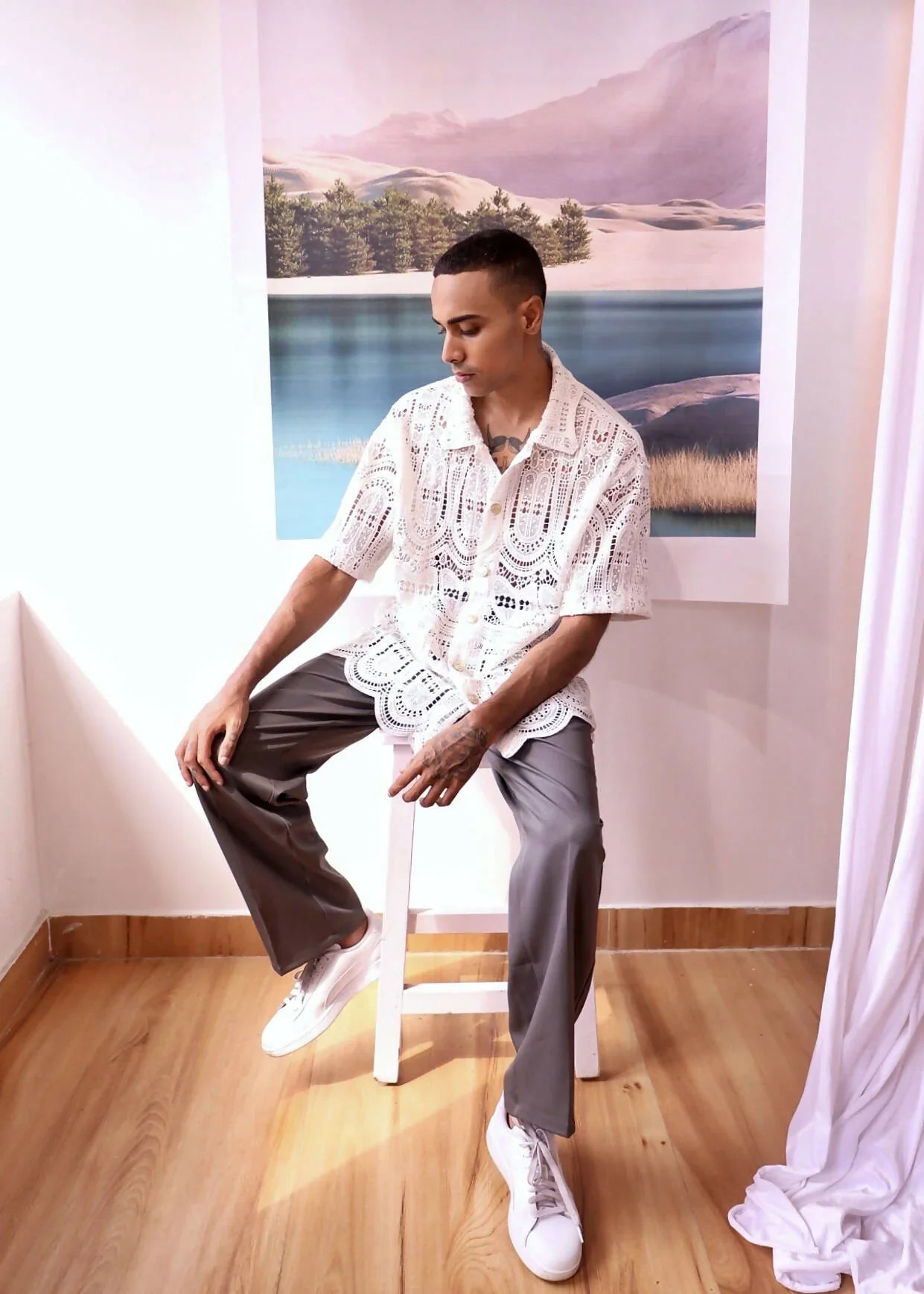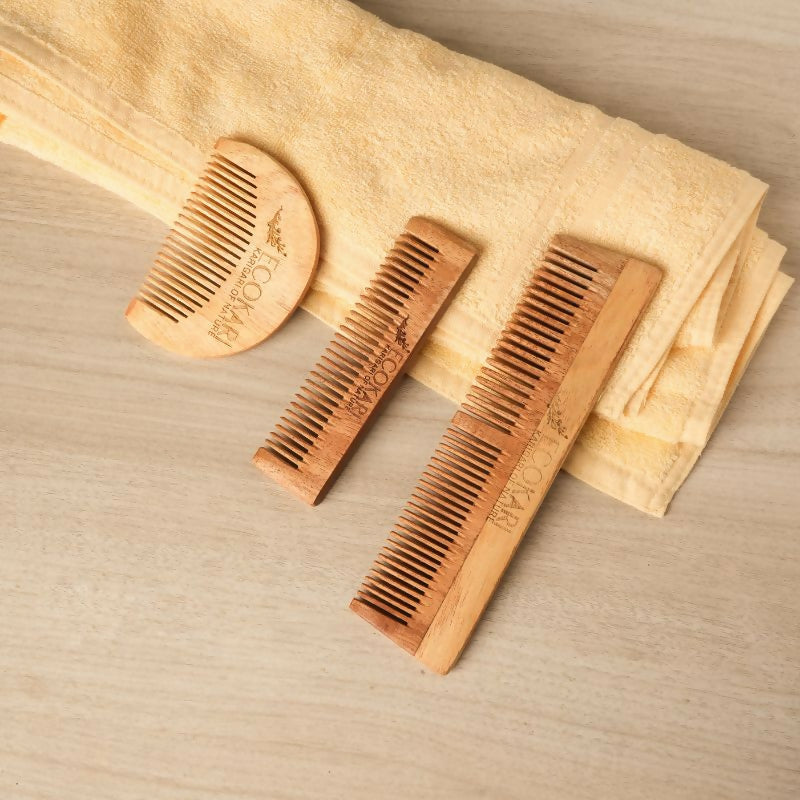Paiwand Design Studio
All of 25, Ashita Singhal is the creative director and founder of Paiwand Studio, a unique design studio that upcycles textile waste and turns it into fabrics for apparel and home furnishing. Paiwand collaborates with design houses and artisans to repurpose their textile waste into meaningful textiles. They upcycle through various handcrafted techniques like handloom weaving, patchwork, knitting, embroidery and felting.
Over the course of the last year, they have been able to repurpose more than 300 kgs of textile waste and produce approximately 700 metres upcycled hand-woven fabric.

( Deep Sea Sediments, A patchwork yardage from Paiwand Studio )
How it started
“Paiwand Lagana” is a common local phrase in India which means to repair or mend. However, it holds a deeper meaning. It also means hybridisation or connection. The social enterprise started taking shape while Ashita was pursuing a degree in fashion design. She had a clear vision that she wanted to work for a cause and believed working in collaborations. During her internships, she noticed that conscious designers were saving their textile waste so that it could be re-used or upcycled, however they did not have enough time or resources to do so. She saw this as a market gap and a business opportunity for her to explore.
In her graduation project, she explored weaving with textile waste. She worked closely with artisans of Weaver’s service center and produced yardages for apparel. This project was appreciated at large and she was encouraged to take the idea forward.
Design Inspiration & Process
Ashita conceptualises or composes yardages taking inspiration from artists like Van Gogh, Monet, Rothko, Mondrian, Raza. Hence, there is a huge impact of art on her work. She wants to create pieces, which have an aesthetic of their own and speak volumes of the inspiration and the final outcome.
"The final outcome, the tactless and visibility of color and texture breaks from the conventional weaving norms. Though our work is dependant on warp and weft, in a way we try to build an aesthetic, which is profound in its relation to the compositions." - Ashita Singhal
The weavers working with Paiwand, they work more like artists. For them every time there is a new challenge, surface, and textiles to deal with. The process in itself requires a lot of patience and the whole process is a meditative contemplation.
At Paiwand, they follow an exhaustive process to upcycle textile scrap. Once the textile waste arrives at the workshop, it is assorted, washed and ironed, cut into strips and joined together as per a specific design. Then the pools or bobbins are prepared for weaving. On the loom, weavers insert the prepared textile waste bobbin as weft to create the desired new textile.
Each new textile is new life, being re-created.
Collaborations
Each collaborative project with a designer is unique, where Ashita and her team start from understanding the designer's aesthetic, sensibilities and their ethos. This also extends to the waste that they receive from the design house - the colours, materials, fabrics etc. Unlike conventional design processes the inspiration is the textile waste itself, posing challenges and constraints, but giving birth to new possibilities.
Find a visual representation of all the collaborations/ projects that paiwand studio has done since its inception below -



Paiwand also collaborates with artisans and small-scale industries. In the past, they have collaborated with Sufiyan Khatri from Ajrakpur to repurpose the Ajrak textile waste to create stoles and jackets. Similarly, they are working with defected sari waste. They retail such collections at various multi designer stores like Vayu-Design for living (Bikaner House, Delhi), Neel Sutra (The Oberoi, Gurgaon) and Dukan (Vana Retreat, Dehradhun).
Vision of the brand
The founder's vision is to make Paiwand a one place up-cycling/recycling solution for all the textile waste needs. They are aiming to build a collaborative moment within the textile industry. Seeing textiles everywhere, from a mop to an aircraft, which further means all these industries are generating some sort of textile waste.
In the near future, they would want to collaborate with more people, reduce the carbon footprint and help creating sustainable living space for future generations.
--
Find them on Instagram here.
Photo Credits- Paiwand Studio.






Leave a comment